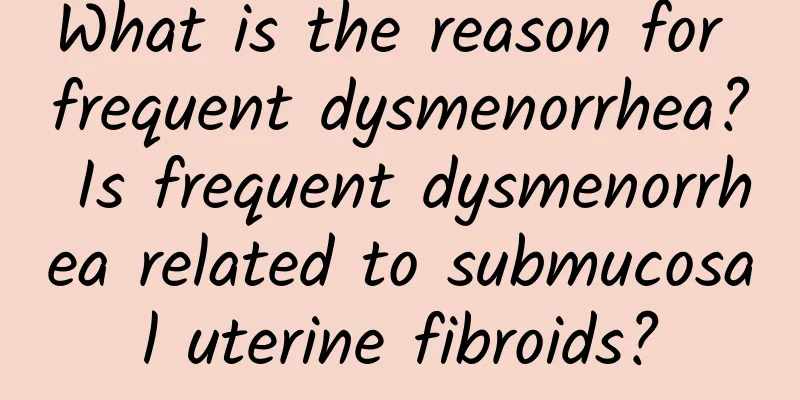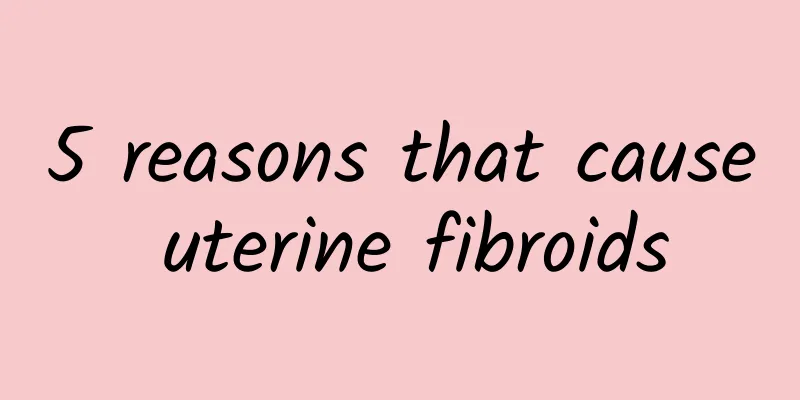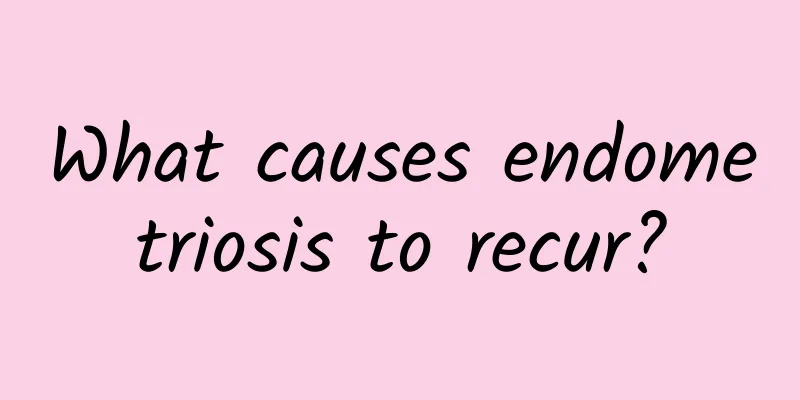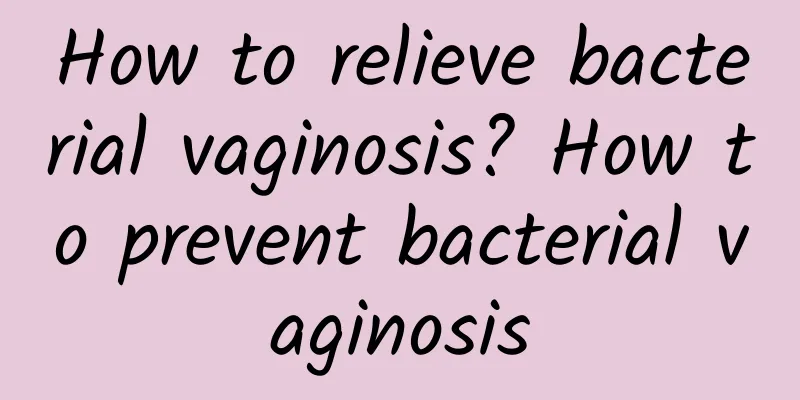What is the reason for frequent dysmenorrhea? Is frequent dysmenorrhea related to submucosal uterine fibroids?

|
Dysmenorrhea refers to lower abdominal or back pain, or even lumbar pain, during and before and after menstruation. Whenever it occurs during the menstrual cycle, severe cases may be accompanied by nausea and vomiting, cold sweats, hand and foot cramps, and even fainting, affecting work and life. Characteristics of dysmenorrhea caused by submucosal uterine fibroids: compression pain Submucosal fibroids are a type of uterine fibroid that suddenly grows in the uterine cavity. As the surface of the fibroids covers the endometrium, the endometrium increases in area, occupies the uterine cavity, and affects the discharge of menstrual blood, it can cause abnormal uterine contraction, dysmenorrhea, and is accompanied by heavy menstrual flow and irregular periods. As the fibroids develop into the uterine cavity, the adjacent organs will experience compression symptoms. When the fibroids become red or the pedicles of the subserosal fibroids twist, severe abdominal pain may occur. One-third of patients may be accompanied by infertility. Uterine fibroids are benign tumors, and the occurrence of uterine fibroids is generally believed to be related to estrogen and progesterone. In addition, it may be related to other factors, but it is not clear. Strategies 1. Drug treatment. Take drugs as prescribed by the doctor to inhibit the growth of fibroids and make them shrink gradually, such as mifepristone. 2. Surgical treatment. Myomectomy: Submucosal myomas can be removed through the abdomen, preserving the uterus; pedunculated submucosal myomas can be cut through the vagina, and the stumps can be sutured. Total hysterectomy: If the fibroids are gestating in the uterus for more than 3 months; or if the symptoms are severe and non-surgical treatment is ineffective; or if there is suspected malignant change, a total hysterectomy should be performed. |
>>: What are uterine leiomyoma and what are the symptoms of uterine leiomyoma
Recommend
What are the symptoms of intrauterine adhesions after cesarean section?
Intrauterine adhesions after a cesarean section m...
How to regulate irregular menstruation
How to regulate irregular menstruation? Menstruat...
What are the specific symptoms of irregular menstruation?
Irregular menstruation refers to a variety of dis...
Specific introduction to the diet method for patients with vaginitis
A good diet for vaginitis is not only helpful for...
What causes early miscarriage?
The causes of early miscarriage may involve genet...
Want to gain muscle and lose fat? Experts teach you how to easily serve restaurant-level dishes. Homemade chicken, pumpkin and soy milk stew is delicious and nutritious
Brown rice stew is easy to digest and makes it ea...
What is the best treatment for ovarian cysts?
What is the best treatment for ovarian cysts? The...
Introduction to the three most common types of dysmenorrhea
Dysmenorrhea is a gynecological disease with many...
Cucumber is a must-eat superfood to fight obesity! Nutritionist Xia Ziwen: "This" is the key ingredient, don't eat it at the wrong time
In the hot summer, it is best to eat a plate of c...
What causes dysmenorrhea in women?
What causes dysmenorrhea in women? Dysmenorrhea i...
How long does it take to get pregnant again after an abortion?
How long it takes to get pregnant again after an ...
Eat pork trotter with Luoshixian? Psyllium for diarrhea relief
The Chinese New Year is approaching. Every year b...
What are the dietary taboos for women after abortion? Precautions and dietary taboos after abortion
After an abortion, women must keep their vulva cl...
Three-in-one liposuction for slimming without random folk remedies
Text: Dr. Xu Yongkang According to media reports:...
Why do I still bleed after a miscarriage? Is this normal?
Some women will have continuous vaginal bleeding ...









